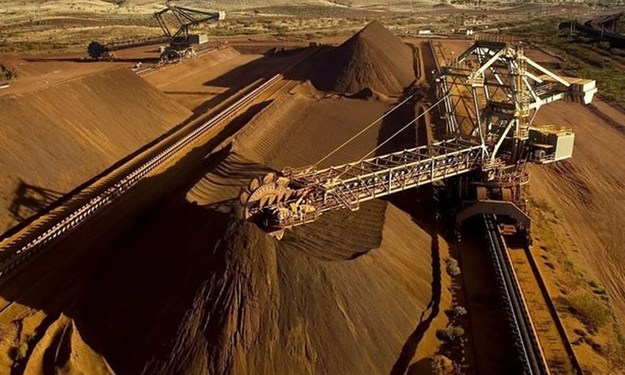 © Reuters. Workers sort dog beds for export in a factory in Linyi, Shandong
© Reuters. Workers sort dog beds for export in a factory in Linyi, ShandongBy Kevin Yao
BEIJING (Reuters) – China’s second-quarter economic growth is expected to have slowed slightly from the previous quarter, a Reuters poll showed, as the government’s efforts to tackle debt risks crimp activity and a looming U.S. trade war threatens exports.
The economy has already felt the pinch from a multi-year crackdown on riskier lending that has driven up corporate borrowing costs, promoting the central bank to pump out more cash by cutting reserve requirements for lenders.
Recent data have started to show signs of fatigue as credit expansion slowed and domestic demand ranging from government-funded infrastructure investment to consumer spending looked to be softening. This comes as a deepening trade war with the United States looks set to hit China’s export machine.
A poll of 55 economists showed growth in gross domestic product likely eased marginally to 6.7 percent in the second quarter from a year earlier, compared with the 6.8 percent clip in the previous three quarters.
“The synchronized slowdown in domestic and external demand is likely to put pressure on economic growth in the second half,” said Lian Ping, chief economist at Bank of Communications.
Lian said he expected GDP growth to slow to 6.6 percent in the third quarter and stay steady in the fourth quarter, bringing full-year growth to 6.7 percent – above the government’s target of around 6.5 percent.
China’s Commerce Ministry on Thursday warned the proposed U.S. tariffs would hit international supply chains, including foreign companies in the world’s second-largest economy.
POLICY SUPPORT EXPECTED
Faced with a slowdown in domestic demand and the potential fallout from the trade war, Chinese policymakers are likely to step up policy support for the economy and soften their stance on deleveraging.
The People’s Bank of China, which has cut banks’ reserve requirements three times this year, has recently replaced its use of the term “deleveraging” with “structural deleveraging”, a change that suggests less harsh curbs on debt.
The central bank also said it will keep liquidity “reasonably ample”, a shift from the previous wording of “reasonably stable”.
Chinese currency and equity markets have been volatile ahead of July 6, when U.S. tariffs on $34 billion worth of Chinese goods are set to kick in, with the yuan losing about 3.3 percent in June against the dollar – its worst month on record.
Beijing has said it would retaliate with tariffs on U.S. products.
“On monetary policy, we expect the PBoC to ease policy further in the quarters ahead in a more proactive and forward-looking manner,” economists at Nomura said in a note.The Nomura economists said they expected the PBoC to deliver at least one more RRR cut before year-end, likely by 100 basis points and increase direct funding to the real economy via other liquidity injection tools, such as the supplementary lending facility.
Despite the economic uncertainty, China is comfortable with a weakening yuan, policy insiders told Reuters, and will intervene only to prevent any rapid and destabilizing declines or to restore market confidence, as the economy loses momentum and faces further trade risks.
China releases second quarter GDP on July 16, along with June industrial output, retail sales, property sales and investment, and fixed asset investment data.
Economists in the poll estimated GDP grew 1.6 percent quarter-on-quarter, versus 1.4 percent in the first quarter.
Source: Investing.com



























